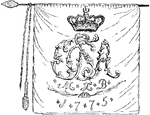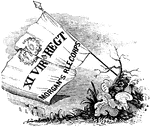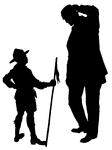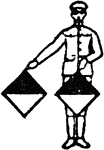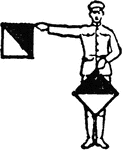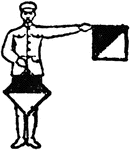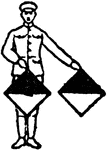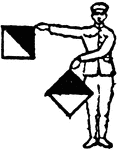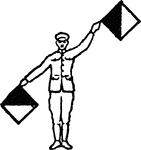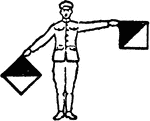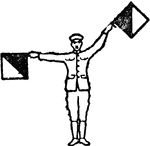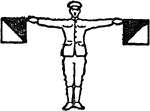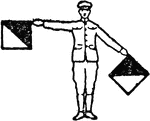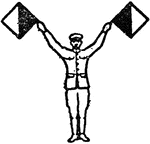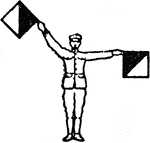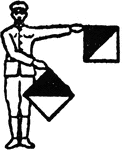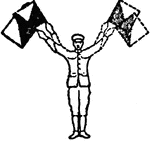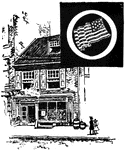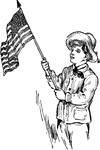
Gaspee Point
"Gaspee Point. This view is from the bank of the cove just below the Point, looking northeast, showing…

Society of the Cincinnati
"Society of the Cincinnati, member's certificate. This engraving is a fac simile of a certificate, about…
Peekskill Landing
"View from Peekskill Landing. This view is from Peekskill landing, looking up the river. On the left…
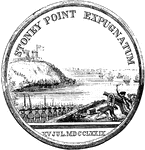
Wayne Medal Back
"Gold medal awarded by Congress to General Wayne. This is a representation of the medal, the size of…
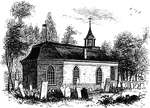
Sleepy Hollow Church
"Ancient Dutch Church in Sleepy Hollow. This view is from the church-yard, looking southwest. The porch…
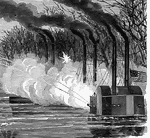
Bombardment of Fort Henry
"Bombardment of Fort Henry, Tennessee River, Tenn., by the Mississippi Flotilla, Flag Officer Foote,…

Bombardment of Fort Henry
"Bombardment of Fort Henry, Tennessee River, Tenn., by the Mississippi Flotilla, Flag Officer Foote,…
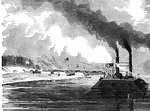
Bombardment of Fort Henry
"Bombardment of Fort Henry, Tennessee River, Tenn., by the Mississippi Flotilla, Flag Officer Foote,…
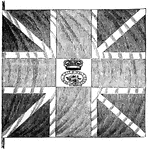
British Flag
"British flag. This is a representation of one of the flags surrendered at Yorktown, and presented to…

Fort Moultrie
"View at Fort Moultrie. This view is from the southwestern angle of Fort Sullivan, looking toward Jame's…
Flag Staff
"Flag-staff, Fort Washington. This flag-staff, indicating the center of the fort, is a prominent object…
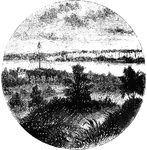
Fort Washington
"View at Fort Washington. This is a view from the site of the interior works at Fort Washington from…

Dutch West India Flag
"Flag of the Dutch West India Company. When the rights of the company ceased, a new and more powerful…
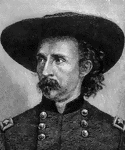
George Armstrong Custer
"George Armstrong Custer, a brilliant cavalry officer, was born at New Rumley, Ohio, December 5, 1839.…
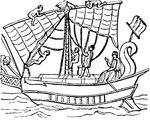
Moneris
"The middle part of the deck in most ships of war appears to have been raised above the bulwark, or…

Washington Coat of Arms
The Washington family coat of arms. It is possible that this design had an influence on the creation…
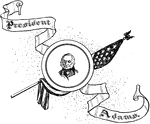
John Quincy Adams
The sixth President of the United States of America, John Quincy Adams. His face is shown in a seal…
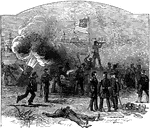
Bombardment of Vera Cruz
American troops bombarding the city of Vera Cruz during the Mexican-American war.

